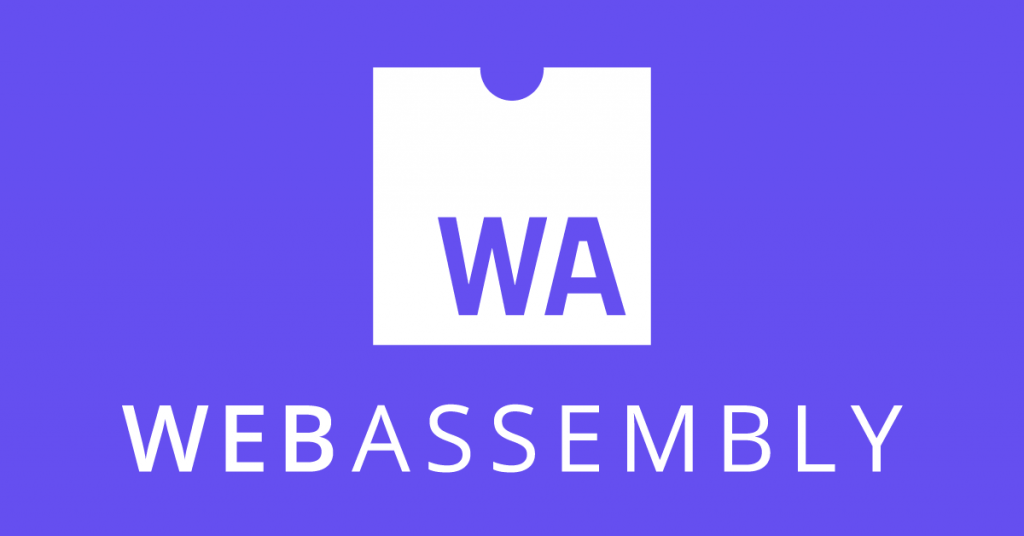WebAssembly (Wasm) is a binary instruction format that enables high-performance execution of code in web browsers. It has emerged as a powerful tool for modern web development, providing developers with a means to run complex and resource-intensive applications efficiently in the browser. Today we explore the role of WebAssembly in modern web development, discussing its benefits, use cases, and integration with popular web development technologies.
The Need for WebAssembly
Traditionally, JavaScript has been the primary language for developing web applications. However, as web applications have grown more complex and demanding, the limitations of JavaScript’s performance have become more apparent. WebAssembly addresses these limitations by offering:
- Improved performance: WebAssembly code executes at near-native speed, enabling the development of performance-critical applications in the browser.
- Language flexibility: WebAssembly allows developers to use languages like C, C++, and Rust, leveraging existing codebases, libraries, and expertise.
WebAssembly Benefits
WebAssembly brings several benefits to web development, including:
- Fast execution: WebAssembly’s binary format is designed for quick decoding, validation, and execution, enabling high-performance applications in the browser.
- Secure sandboxing: WebAssembly code runs in a secure, sandboxed execution environment, isolating it from the rest of the system and ensuring safety.
- Portability: WebAssembly is platform-agnostic, allowing developers to write code once and run it on any platform with a WebAssembly-compatible browser.
Use Cases
WebAssembly is particularly useful for resource-intensive and performance-critical applications, including:
- Gaming: WebAssembly enables the development of high-performance browser-based games, supporting complex graphics and physics engines.
- Image and video editing: WebAssembly allows for efficient client-side image and video manipulation, reducing the need for server-side processing and improving user experience.
- Cryptography: WebAssembly’s performance benefits make it suitable for running cryptographic algorithms, enabling secure communication and data storage in web applications.
- Scientific simulations: WebAssembly enables the development of browser-based scientific simulations, making complex calculations and visualizations accessible without requiring specialized hardware or software.
Integrating WebAssembly with Web Technologies
WebAssembly can be seamlessly integrated with existing web technologies, including:
- JavaScript: WebAssembly modules can be loaded and executed alongside JavaScript, enabling developers to offload performance-critical tasks to WebAssembly while retaining the flexibility of JavaScript for other parts of the application.
- Web APIs: WebAssembly can interact with existing Web APIs, such as the DOM and WebGL, allowing developers to leverage WebAssembly’s performance benefits within the context of familiar web development workflows.
- Web development frameworks: WebAssembly can be integrated with popular web development frameworks like React, Angular, and Vue.js, providing performance improvements for specific parts of the application.
Getting Started with WebAssembly
To start using WebAssembly in your web projects:
- Choose a language: Select a supported language, such as C, C++, or Rust, based on your project requirements and familiarity.
- Set up a development environment: Install the necessary toolchains, such as Emscripten for C and C++, or Rust’s wasm-pack for Rust.
- Write and compile code: Write your WebAssembly code and compile it to a WebAssembly binary using the appropriate tools.
- Load and execute WebAssembly modules: Integrate your WebAssembly binary into your web application, loading and executing the module using JavaScript’s WebAssembly API.
WebAssembly and the Future of Web Development
As WebAssembly matures, its adoption is likely to increase, and its role in web development will continue to expand:
- Growing language support: As the WebAssembly ecosystem evolves, we can expect more programming languages to gain support for WebAssembly compilation, providing developers with even greater flexibility.
- Improved tooling: The development of better tooling and IDE support for WebAssembly will further streamline the process of creating, debugging, and deploying WebAssembly applications.
- Wider adoption in web frameworks: As WebAssembly gains popularity, more web development frameworks will incorporate built-in support for WebAssembly, making it easier to leverage its benefits in everyday web development projects.
Potential Challenges and Limitations
Despite its many advantages, WebAssembly also faces some challenges and limitations:
- Limited browser support: Although WebAssembly is supported by all major modern browsers, older browsers may not support it, potentially limiting its reach.
- Learning curve: Developers who are new to languages like C, C++, or Rust may face a learning curve when adopting WebAssembly. However, as more languages gain WebAssembly support, this challenge is expected to lessen.
- Limited access to the DOM: Direct access to the DOM is currently limited in WebAssembly, requiring developers to rely on JavaScript for DOM manipulation. However, efforts are underway to improve WebAssembly’s DOM access capabilities, such as the WebAssembly Interface Types proposal.
Resources for Learning WebAssembly
To learn more about WebAssembly and start incorporating it into your web development projects, consider exploring the following resources:
- Official WebAssembly website (webassembly.org): The official website offers documentation, tutorials, and a wealth of information about WebAssembly.
- Mozilla Developer Network (MDN): MDN provides detailed guides, tutorials, and reference materials for WebAssembly, including information on using it with JavaScript and Web APIs.
- GitHub repositories: Many WebAssembly-related projects, including compilers, libraries, and frameworks, are hosted on GitHub, providing valuable resources and examples for developers.
By understanding the role of WebAssembly in modern web development and staying informed about its latest advancements, developers can harness its power to create more efficient, high-performance web applications that meet the growing demands of today’s users. By offering near-native performance, language flexibility, and seamless integration with existing web technologies, WebAssembly enables developers to build complex and resource-intensive applications that were previously not feasible in the browser environment. As WebAssembly continues to gain traction and support, it is expected to play an increasingly significant role in shaping the future of web development.




